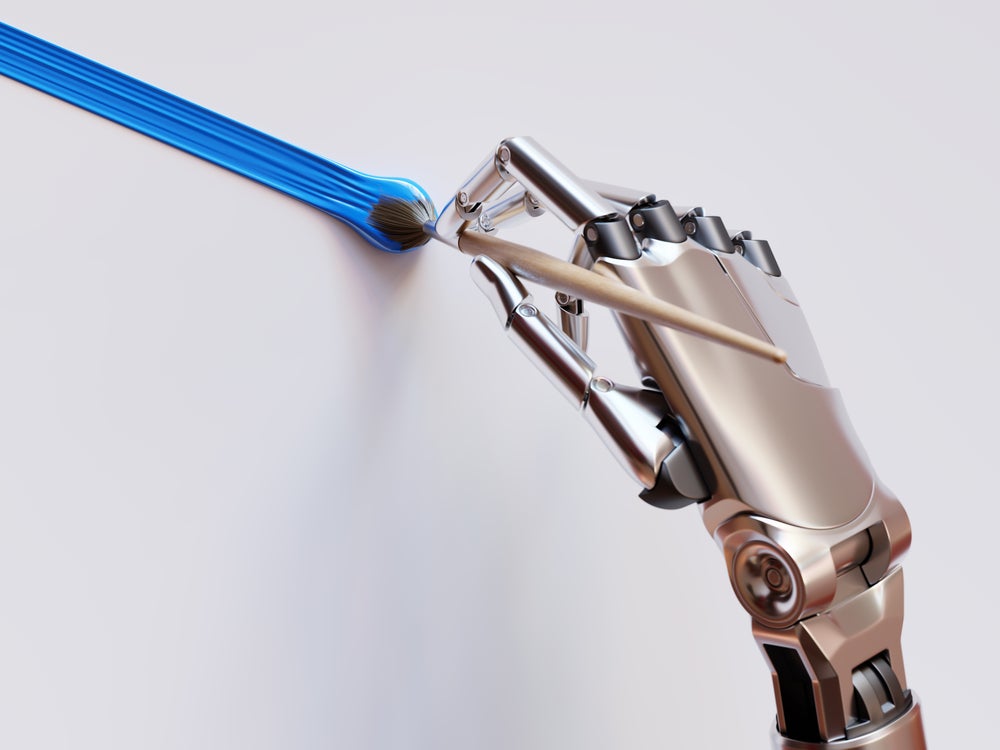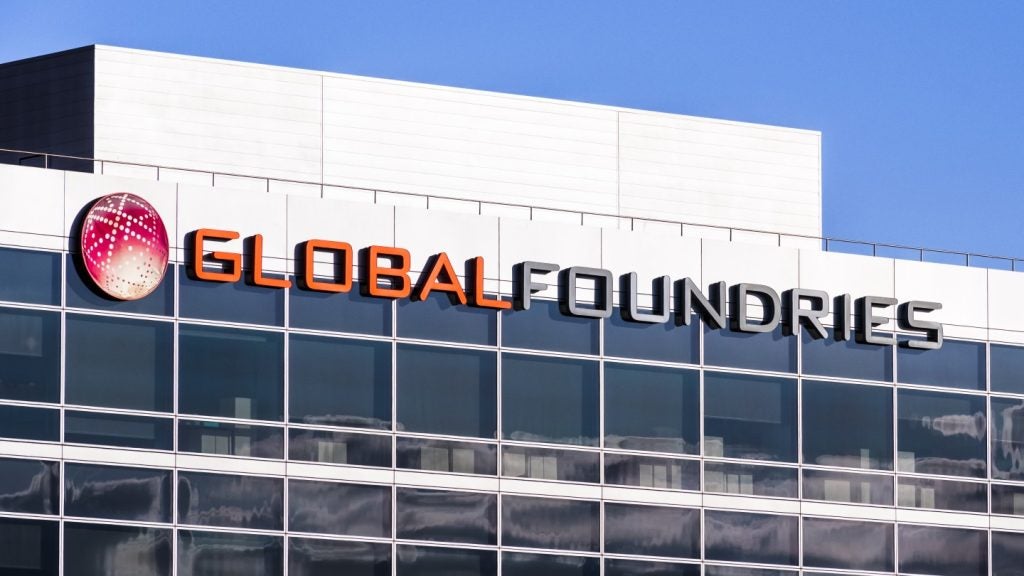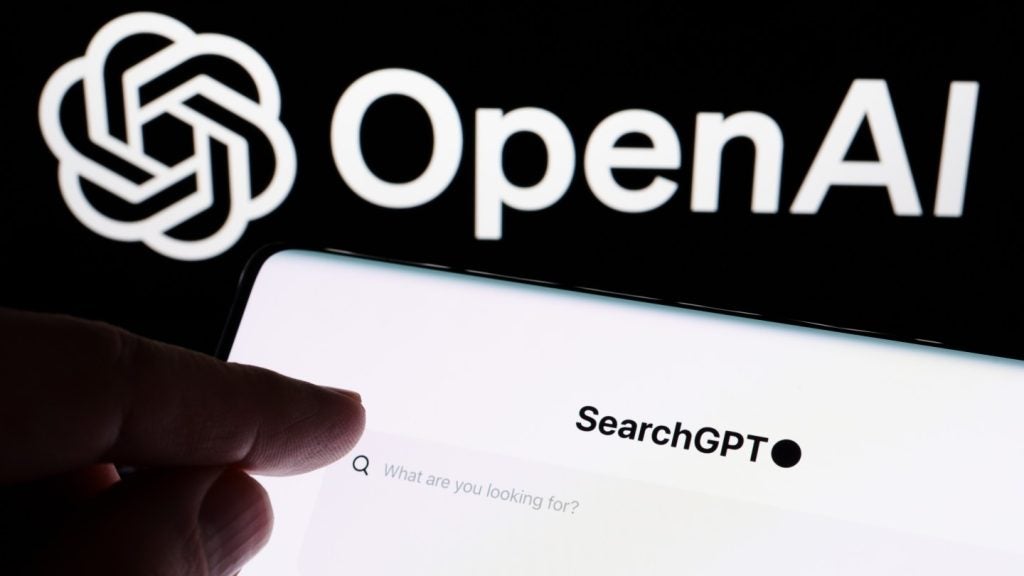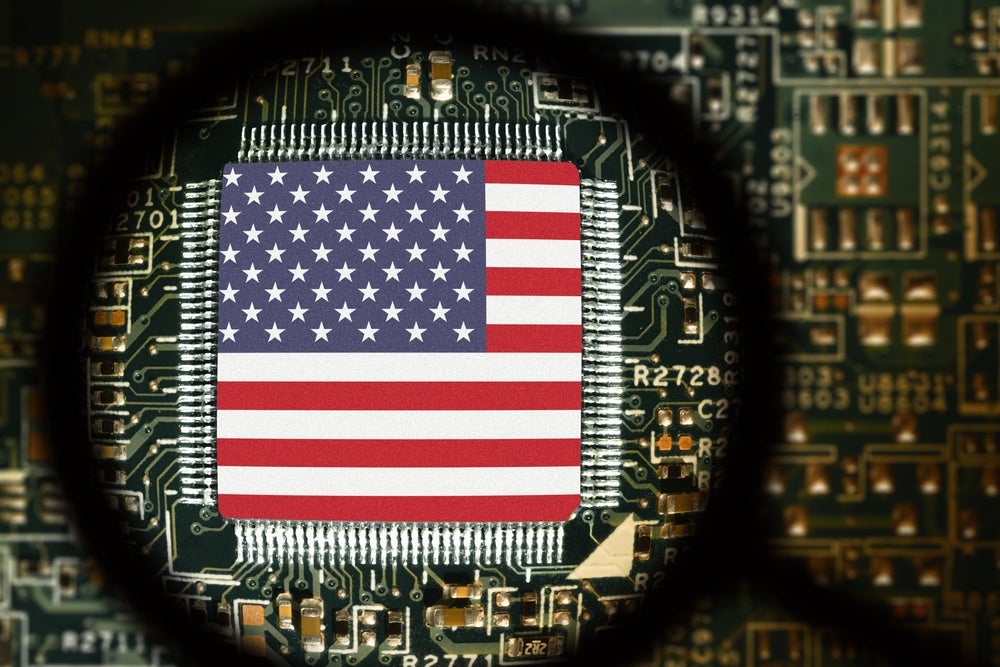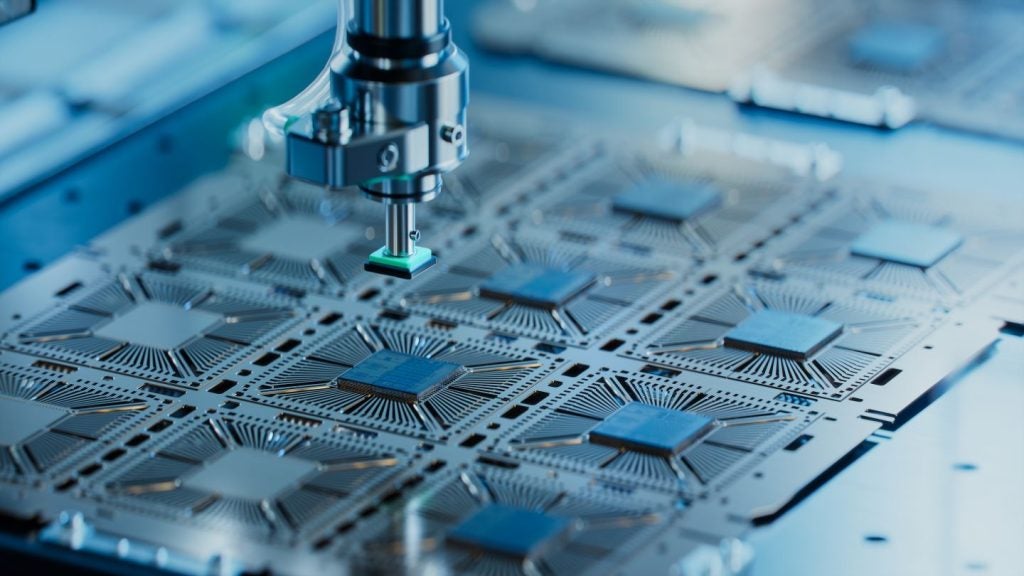Art can take many forms.
Attempts to involve generative AI in its creation are highly controversial and raise many questions about the nature of art and artists.
Art can be considered one of the great signifiers that a culture has moved beyond the simple needs of survival. The time and resources required for making art are effectively excesses, and our willingness to expend them in artistic pursuits indicate not just an ability and desire for surviving but for living, for thriving. For this reason alone, it’s special.
The animal kingdom has many artists too, often relating to mating. Melodic mating calls and elaborate dancing routines are commonplace. Though some particularly reductive determinists might argue otherwise, human art is more than that. It can be highly subjective attempts to capture the natural beauty and the human form, to educate, to preserve memory, to capture a feeling in words or tune, to make a political statement or say nothing at all, and so much more. It is this human art that will be discussed here.
The human touch
So far, art has always been a human effort. Part of what people like about art is that it is made by someone, that someone was passionate enough to go to the effort of making something. What’s impressive about the Sistine Chapel, for example, is not just its scale, detail, and history, but that people made it, and that we are capable of making something like it.
Another example would be the Hercules armour of Holy Roman Emperor Maximilian II. To lament its excesses as distracting from its protective functionality misses the point entirely. Both works of art are the product of human desire, human effort, and human skill, and we can marvel at both the process and the end product.
Art has other fundamentally human qualities to it: collaboration and learning. Art is always the result of these two processes. Even the tools and resources an artist who works alone are the results of collaborative efforts—Brunelleschi didn’t mine his marble and carry it to his studio personally or make his own tools from materials he harvested himself, after all. An artist has also learned their craft from a whole community of artists with diverse inspirations and in the process of creating art they are learning how to improve constantly to achieve the desired result.
This is one interpretation of the nature of art and artists. So how does generative AI “art” measure up?
Is it art and are they artists?
The real core of the issue is the lack of human involvement, which is limited to the efforts put into making the computer and the program that it runs. In terms of the collaborative nature of art, it is thus difficult to truly call what AI can generate art, let alone call the people that input the commands artists.
There is also no learning happening in the process of producing AI-generated “art”. People creating AI content are learning nothing about being artists. In truth, they’re learning nothing except what specific words to use to get a program to produce the content they want. If they wanted art produced, they could go to an artist or learn the skills themselves, but that is time-consuming and can be expensive. But that is the nature of art, it requires effort. AI-generated “art” is instead the result of a specific desire to put in no effort and not be collaborative in any meaningful way, to form no relationships with suppliers or patrons.
AI itself is also proving to have difficulties learning. This becomes especially apparent when one observes how frequently AI-generated art is simply wrong. And we can call these outputs wrong. Art is, of course, highly subjective, but it would be fallacious to argue that what AI produces is just a subjective interpretation of what it’s been asked to make. It does not possess the ability to be subjective, it has no sentience or agency. Without this ability, what it produces cannot be considered art.
To call those who input prompts to an AI program artists or even producers of art at all is ridiculous. It would be akin to an executive ordering their car manufacturing company to produce a new model and then claiming that they themselves are a car manufacturer. More accurately, it would be akin to ordering a bespoke suit, receiving it for free without having to go to any fittings, and claiming that you made it yourself using Gmail because that’s how you ordered the suit. It would be wrong to call that person a tailor just as it would be wrong to call someone ordering AI-generated content an artist. We should let AI take over repetitive, large-scale tasks and reclaim art as the purview of humanity.


